- DroidAfrica
- Huawei
- Huawei Nova 7i
Huawei Nova 7i
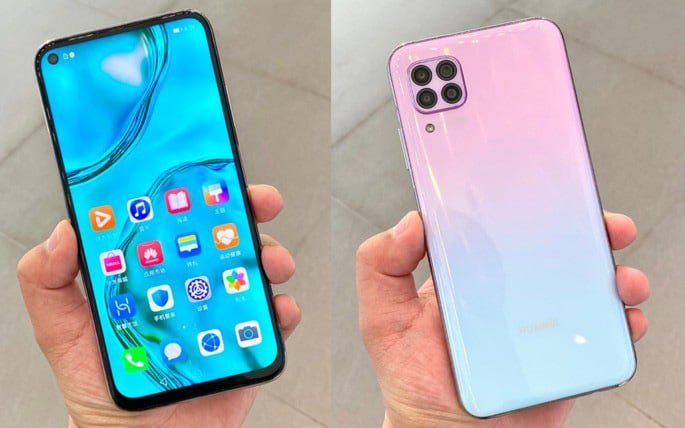
Huawei Nova 7i Highlights and Overview
The Huawei Nova 7i is the latest smartphone from Huawei Inc. The device offers a mixed bang of both mid-range and high-end specs. It comes in a 6.4-inch screen, with 1080 x 2310 pixels resolutions. The device has above 83% screen-to-body ratio, thanks to the use of a punch-hole screen, which hides the selfies sensor instead of notch section atop the display.
Under the hood, the Nova 7i runs on the Huawei HiSilicon Kirin 810 CPU. The Chip has a 2.27 GHz octa-core processor, pegged with Mali-G52 MP6 GPU, 8GB RAM and 128GB internal storage. The device runs on the latest Android 10 based on EMUI v10 out of the box.
There are four camera modules at the back. The main sensor is a 48-megapixel unit with f/1.8 aperture and a single LED flash. There is a secondary 8-megapixel ultra-wide angle lens, and two other units of 2-megapixel depth and macro lens. On the front, you are getting a single 16-megapixel with AI beauty and FaceID.
The Nova 7i offers a side mounted fingerprint scanner, support hybrid SIMs with 4G VoLTE network on both SIMs and available in Black, Emerald Green, Light Pink and Blue colors. The device is fueled by a 4000mAh battery, with 40W fast charger via USB Type-C interface. Other things you would want to know about the Huawei Nova 7i are contained in the table below.
Huawei Nova 7i Full Specifications and Features
NETWORK
| Technology | GSM / HSPA / LTE |
| 2G Network Bands | GSM 850 / 900 / 1800 / 1900 - SIM 1 & SIM 2 (dual-SIM model only) |
| 3G Network Bands | HSDPA 800 / 850 / 900 / 1700(AWS) / 1900 / 2100 |
| 4G Network Bands | LTE band 1(2100), 2(1900), 3(1800), 4(1700/2100), 5(850), 6(900), 7(2600), 8(900), 9(1800), 12(700), 17(700), 18(800), 19(800), 20(800), 26(850), 28(700), 32(1500), 34(2000), 38(2600), 39(1900), 40(2300), 41(2500), 66(1700/2100) |
| 5G Network Bands | Does not have support for 5G Network |
| Speed | HSPA 42.2/5.76 Mbps, LTE-A (2CA) Cat6 300/50 Mbps or LTE Cat4 150/50 Mbps |
LAUNCH
| Also Known As |
- - |
BODY
| Dimensions | 159.2 x 76.3 x 8.7 mm |
| Weight | 183 grams |
| Build |
Glass front - Plastic back, - Plastic frame |
| SIM Type | Hybrid Dual SIM (Nano-SIM, dual stand-by) |
DISPLAY
| Display Type | LTPS IPS LCD capacitive touchscreen, 16M colors |
| Size | 6.4 inches, 101.4 cm2 (~83.5% screen-to-body ratio) |
| Resolution | 1080 x 2310 pixels (~398 ppi density) |
PLATFORM
| Operating System | Android 10; EMUI 10 |
| Chipset | Huawei HiSilicon Kirin 810 (7 nm) |
| CPU | Octa-core (2x2.27 GHz Cortex-A76 & 6x1.88 GHz Cortex-A55) |
| GPU | Mali-G52 MP6 |
MEMORY
| RAM + ROM | 8 GB |
| Card Slot | Nano Memory (NM), up to 256GB (uses shared SIM slot) |
MAIN CAMERA
| Camera Type | Quadruple Lenses |
| Camera Sensor(s) | 48MP + 8MP + 2MP + 2 MP Main Camera Sensors |
| Camera Features |
Autofocus Continuous autofocus Continuous shooting Digital zoom Optical zoom Digital image stabilization Optical image stabilization Geotagging Panorama HDR Touch focus Face detection White balance settings ISO settings Exposure compensation Self-timer Scene mode Macro mode Sensor size - 1/1.7" Leica camera Vario Summilux-H Phase detection Laser autofocus Focal length (35 mm equivalent) - 27 mm 720p @ 960 fps Second sensor: 8 MP, f/2.2, 13mm (ultrawide) Third Sensor: 2 MP, f/2.4, 27mm (wide) dedicated macro camera Fourth Sensor: 2 MP, f/2.4, depth sensor |
| Video Resolution | 2160p@30fps, 1080p@30fps |
SELFIE CAMERA
| Camera Type | Single Lens |
| Camera Sensor(s) | 16-megapixel front-facing camera |
| Camera Features |
Face Beautification 3D face unlock HDR+ |
| Video Resolution | 1080p@30fps |
SOUND
| Loudspeaker | Yes, Dual stereo speakers |
| Speaker Location | Chin, below display |
| Audio Jack Type | Yes, 3.5mm audio jack |
CONNECTIVITY
| Bluetooth | 5.0, A2DP, aptX HD, LE |
| NFC | |
| GPS | Yes, with dual-band A-GPS, GLONASS, BDS, GALILEO, QZSS |
| FM Radio | No |
BATTERY
| Battery Capacity | Non-removable Li-Po 4000 mAh battery |
| Wireless Charging | No |
| Talk Time Talk Time is the longest time that a single battery charge will last when you are constantly talking on the phone under perfect conditions, Ambient temperature and highly dependent on the cellular network environment such as the distance to the closest cell network tower. | Up to 29 hours |
| Stand-by | Up to 600 hours |
OTHER FEATURES
| Sensors | Fingerprint (side-mounted), accelerometer, proximity, compass |
| Box Contents | Charging Brick / USB cable |
Huawei Nova 7i User Reviews and Opinions
Comments 1
Leave a Reply
Disclaimer Note
This specification was entered manually, hence we CANNOT guarantee 100% accuracy. Any error? Let us know in the comment section.







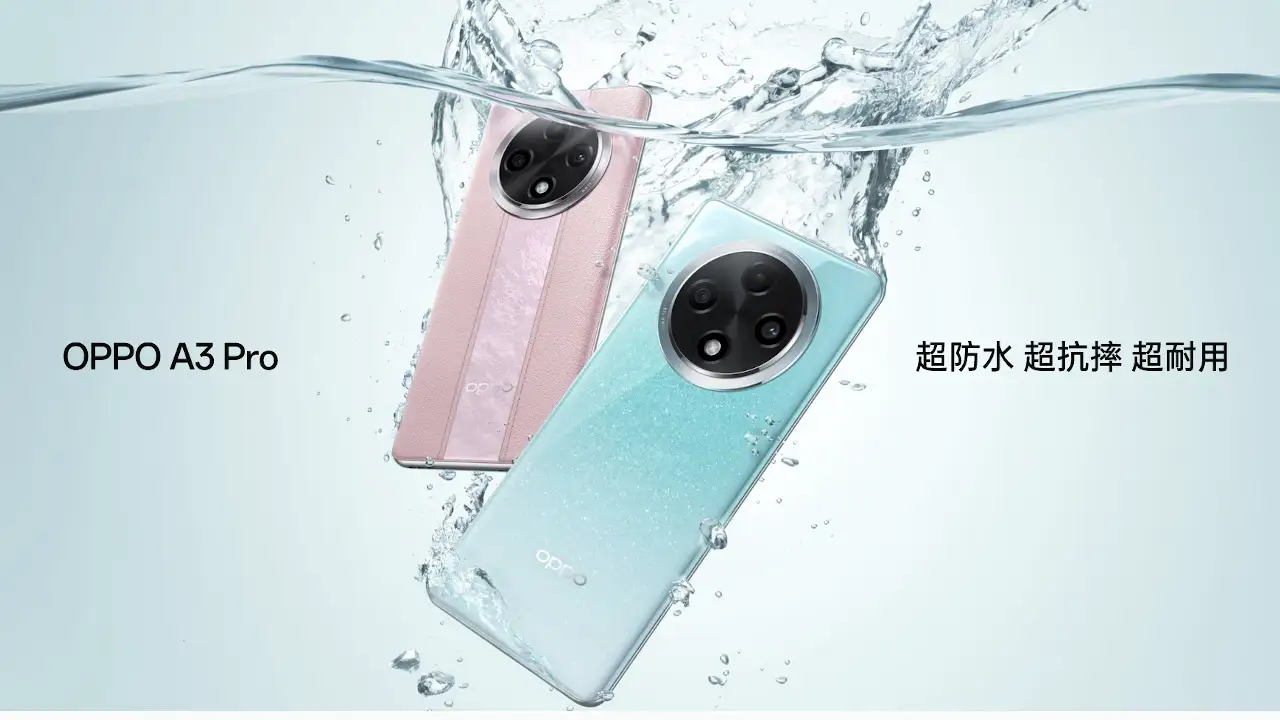

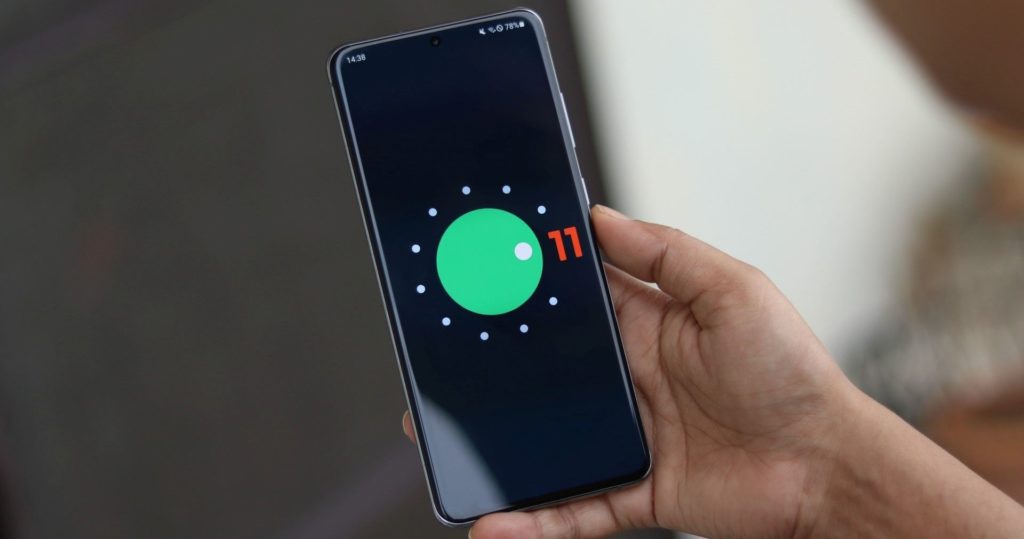
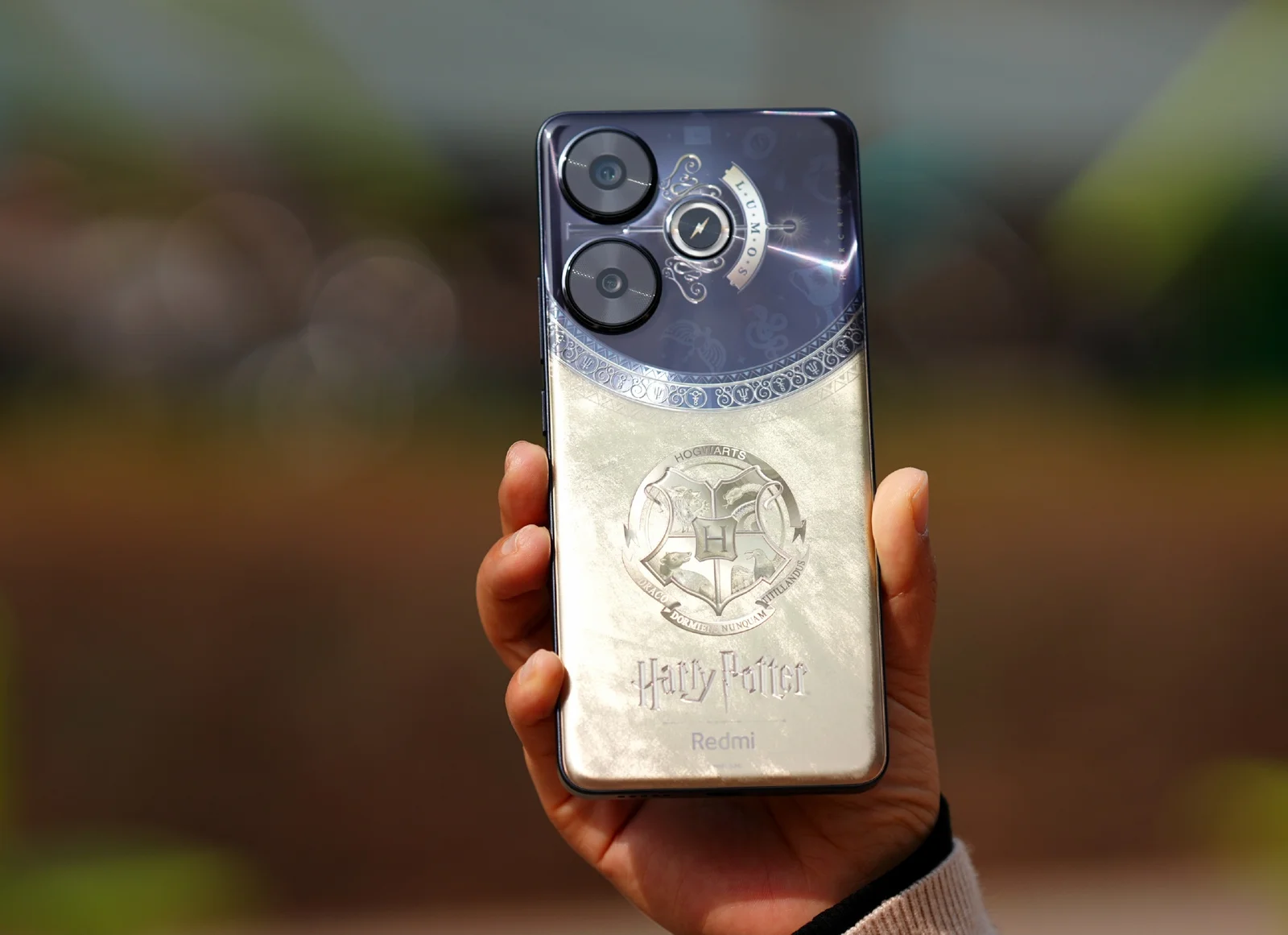
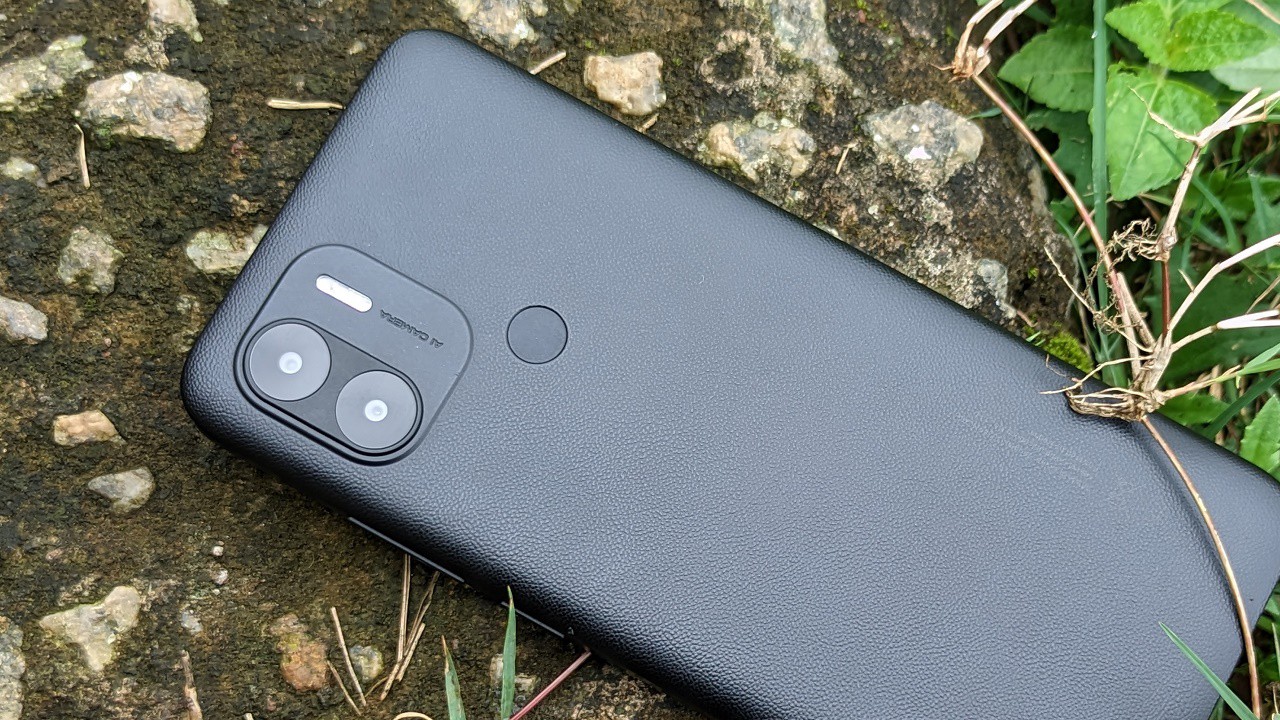
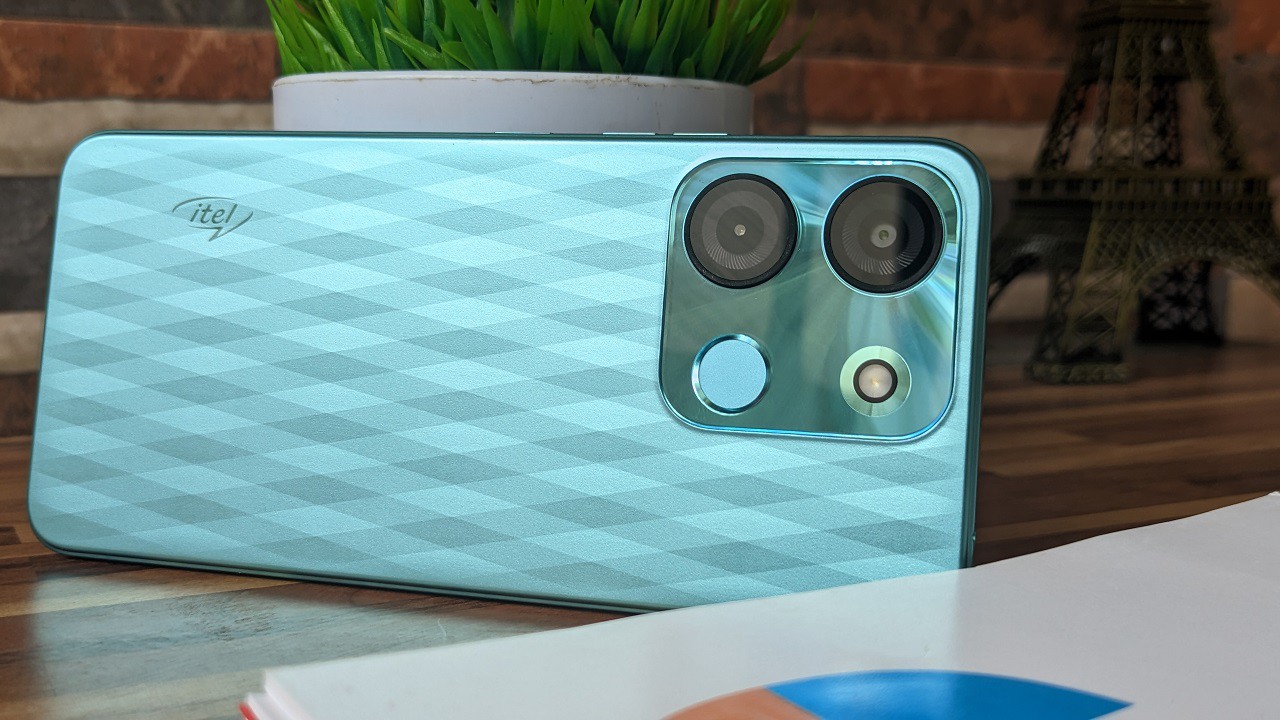
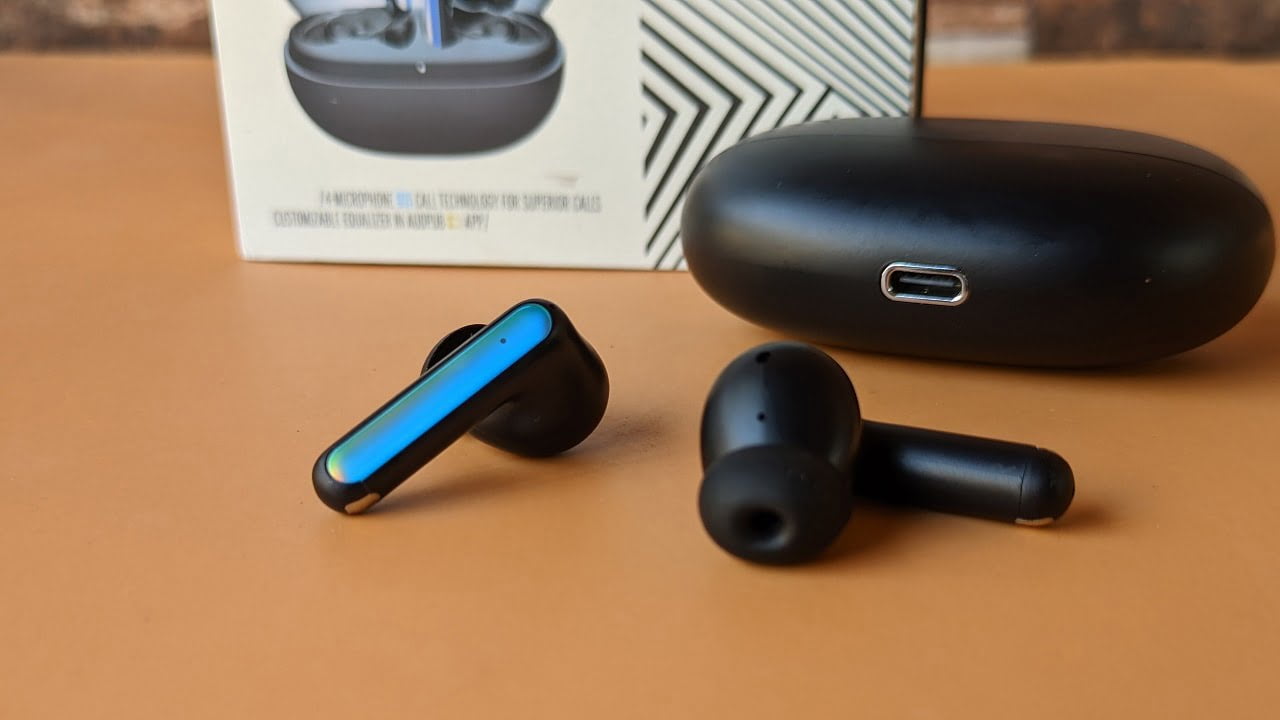
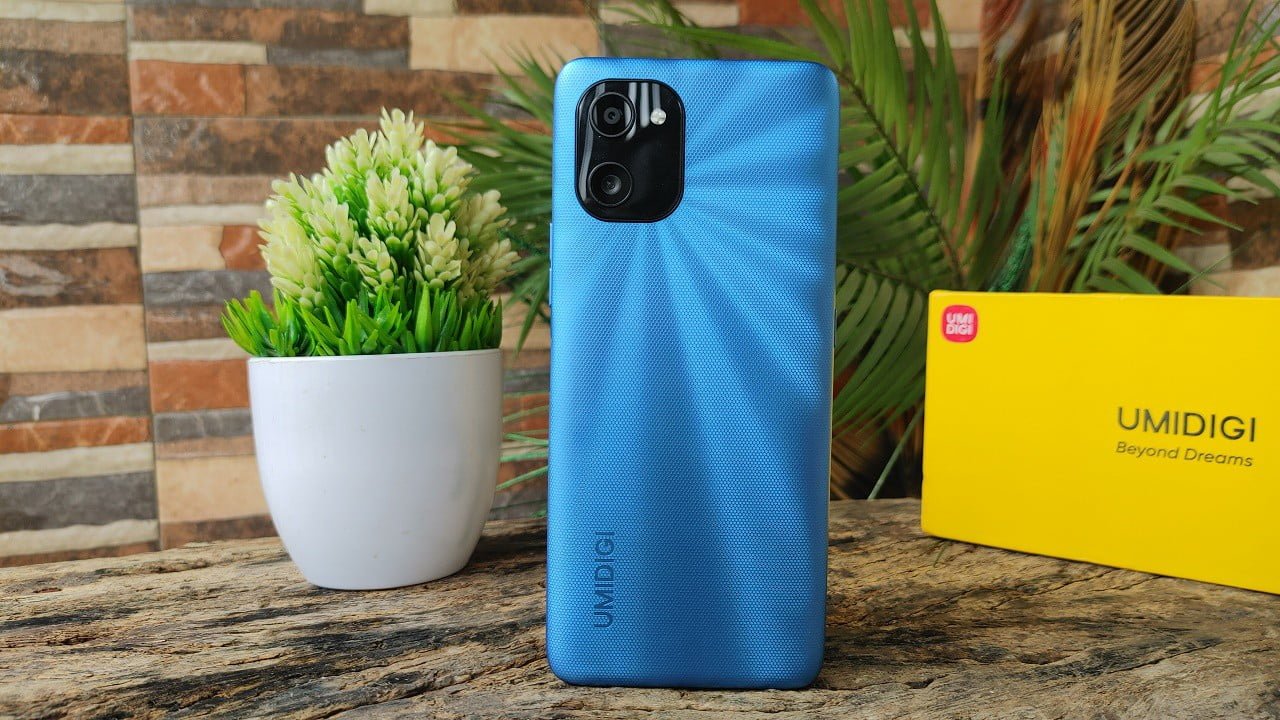
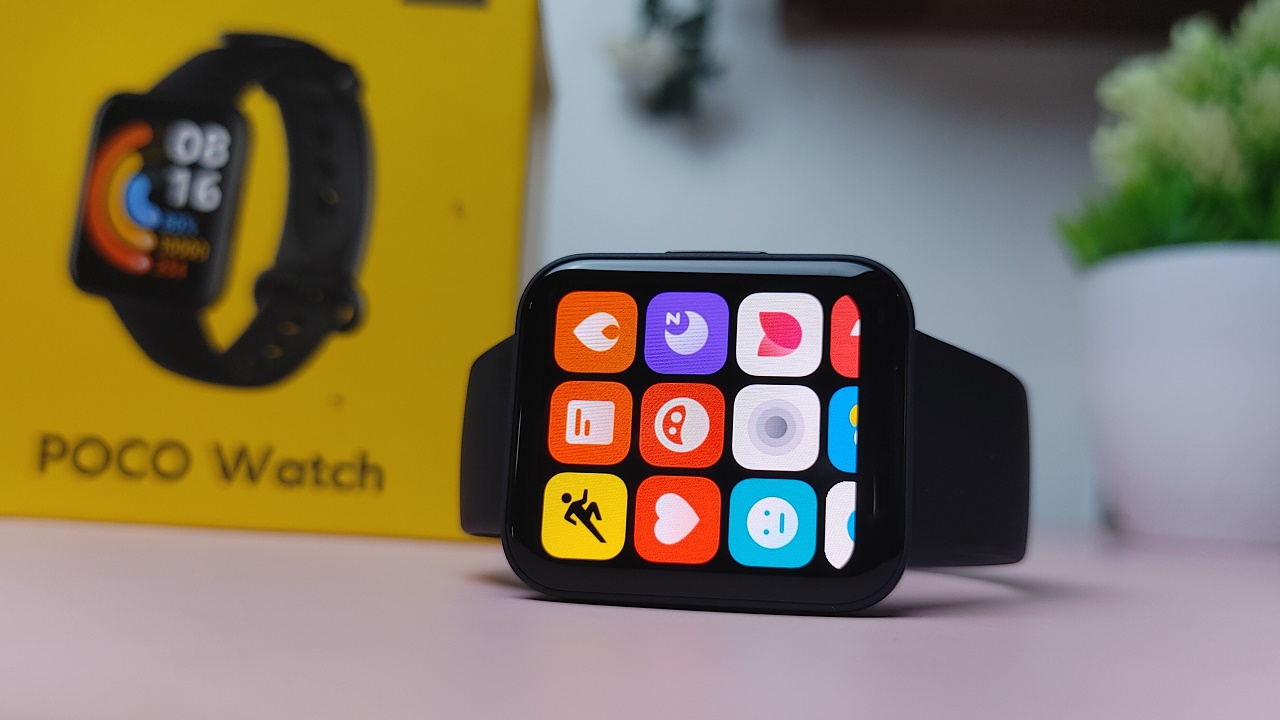
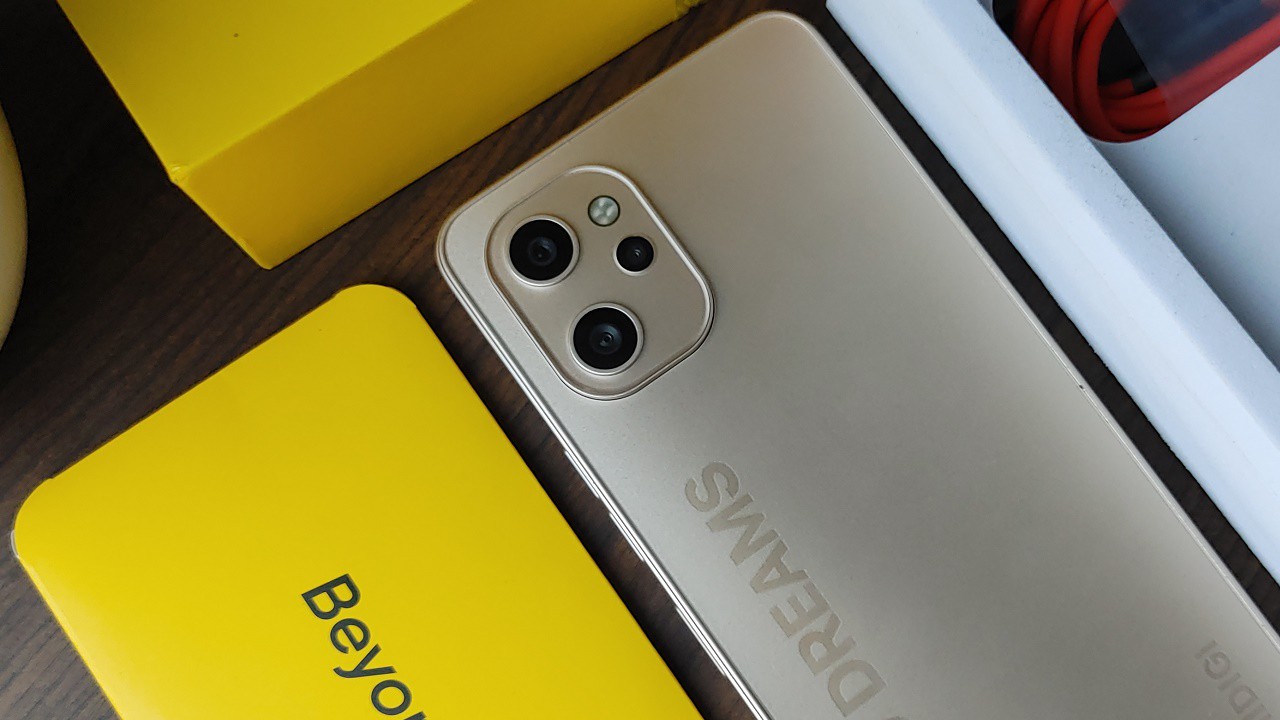
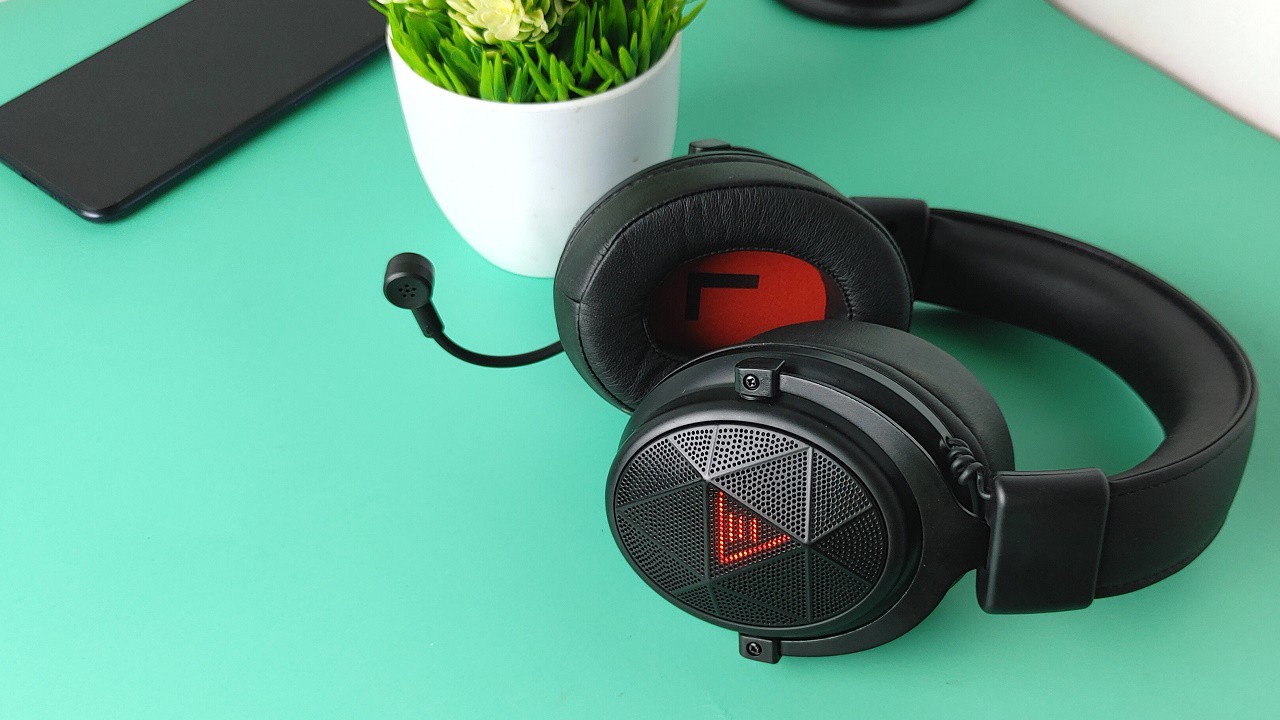
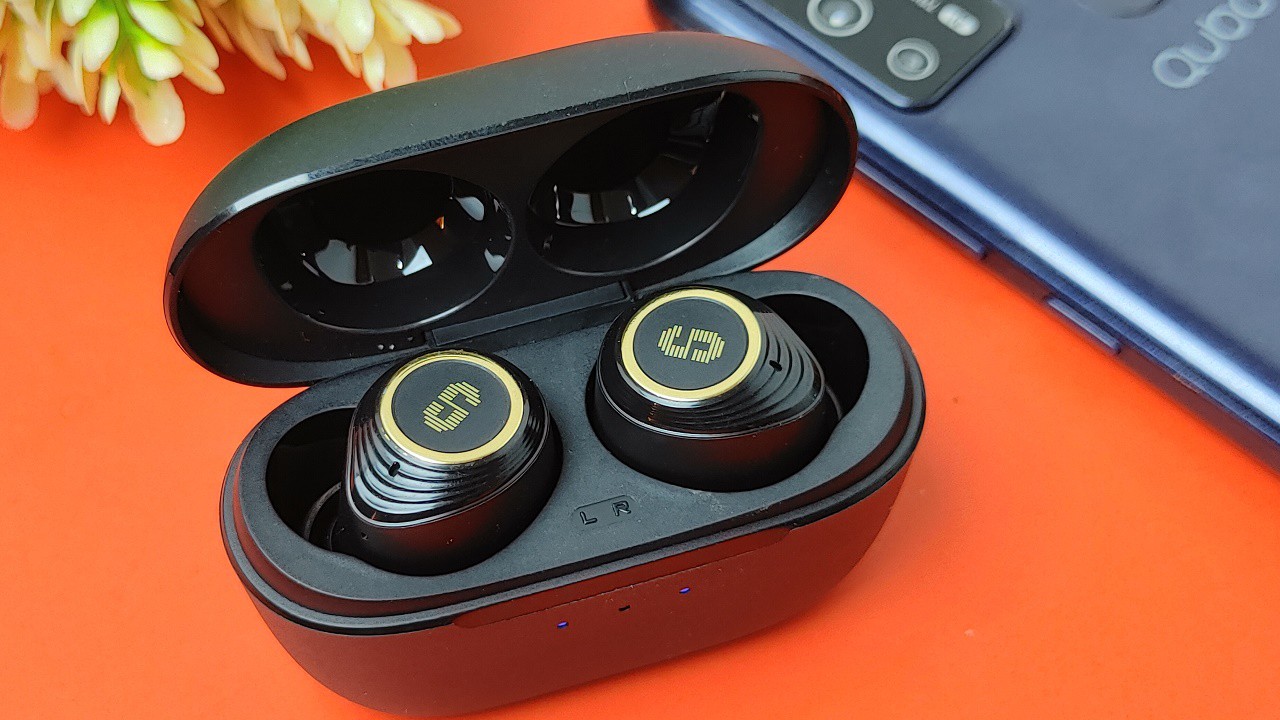
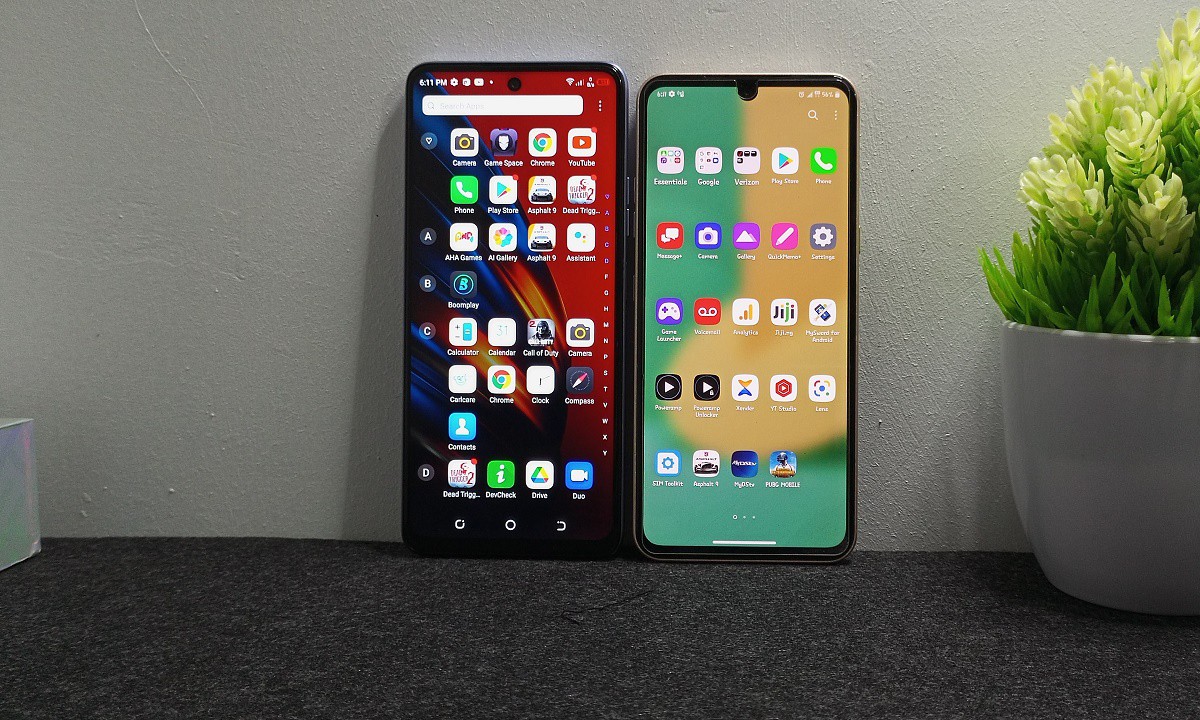

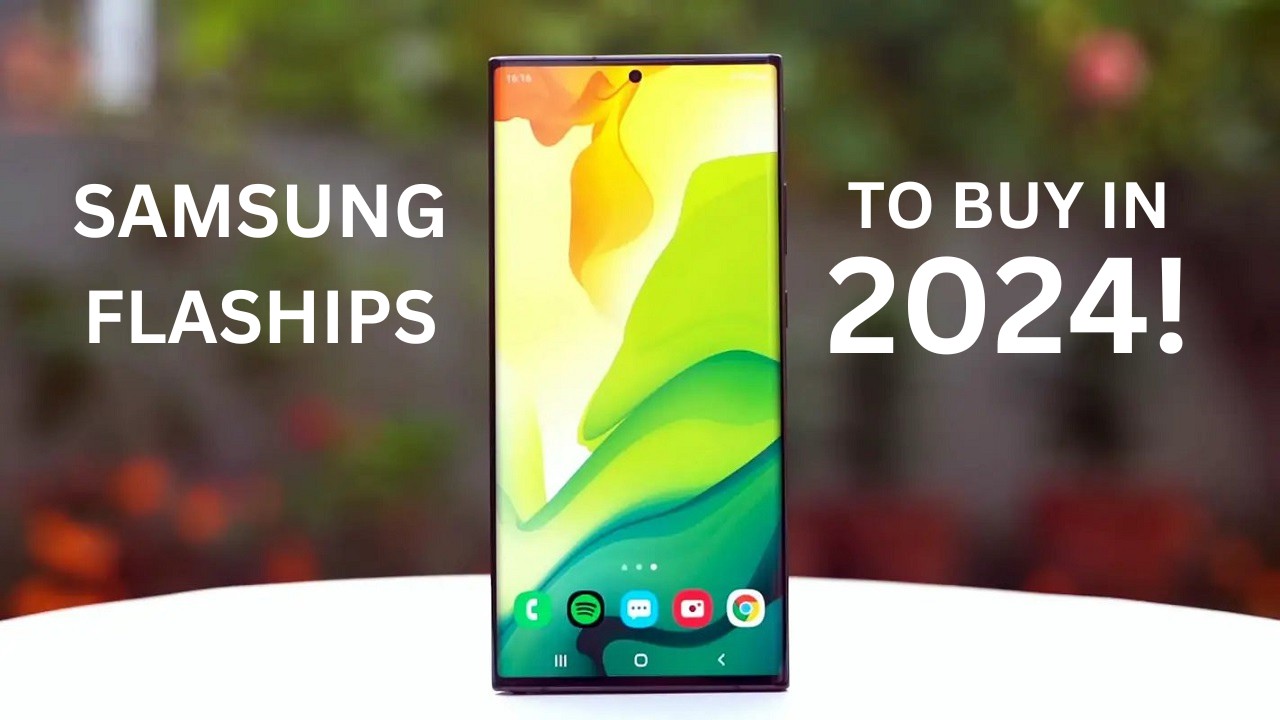
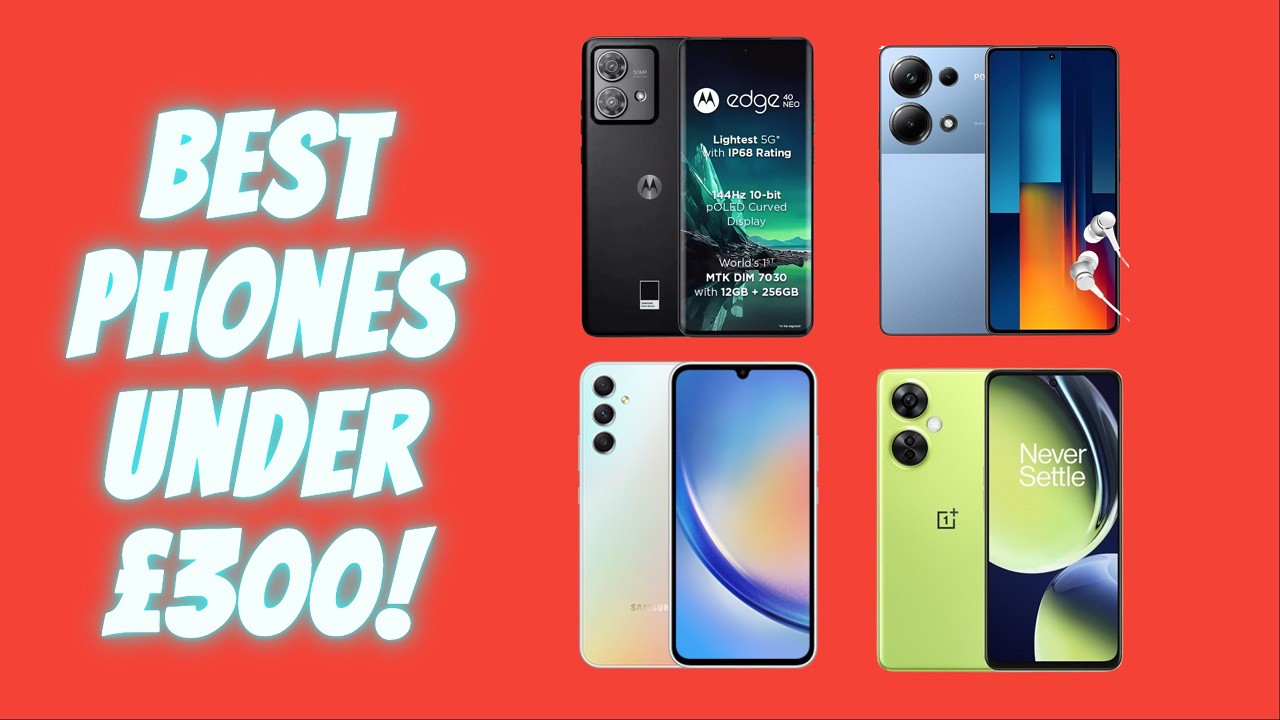

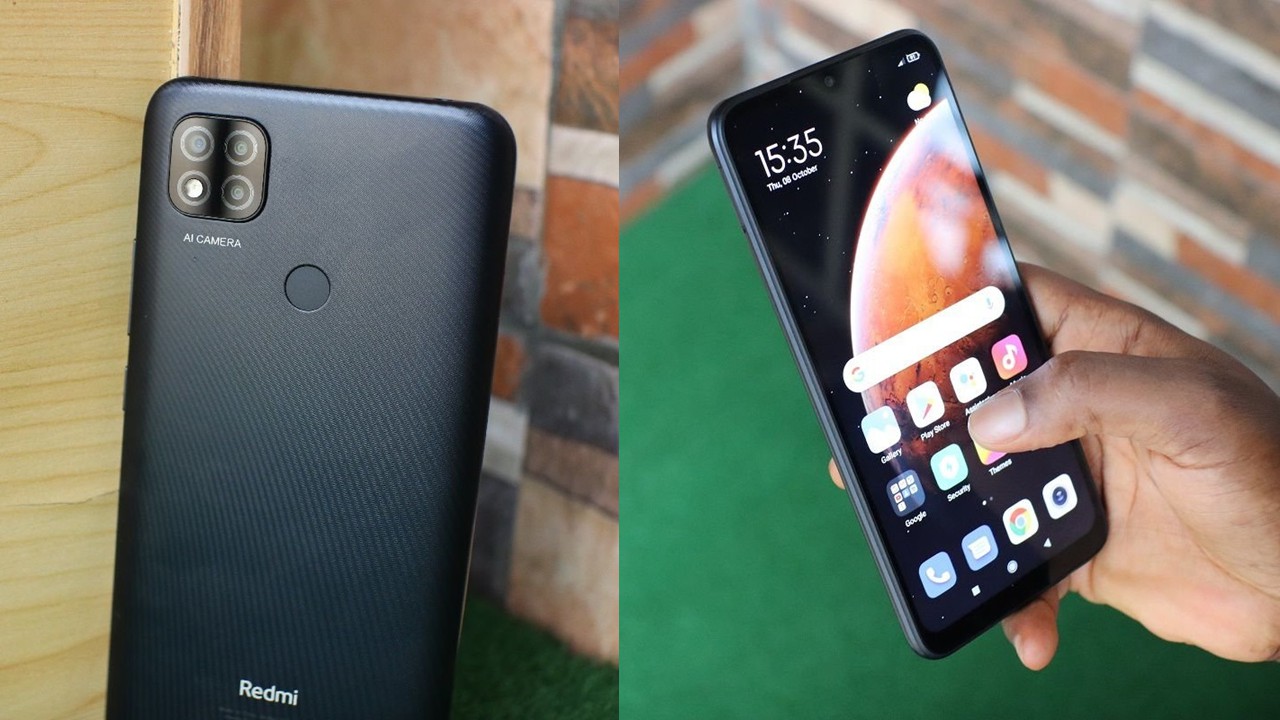
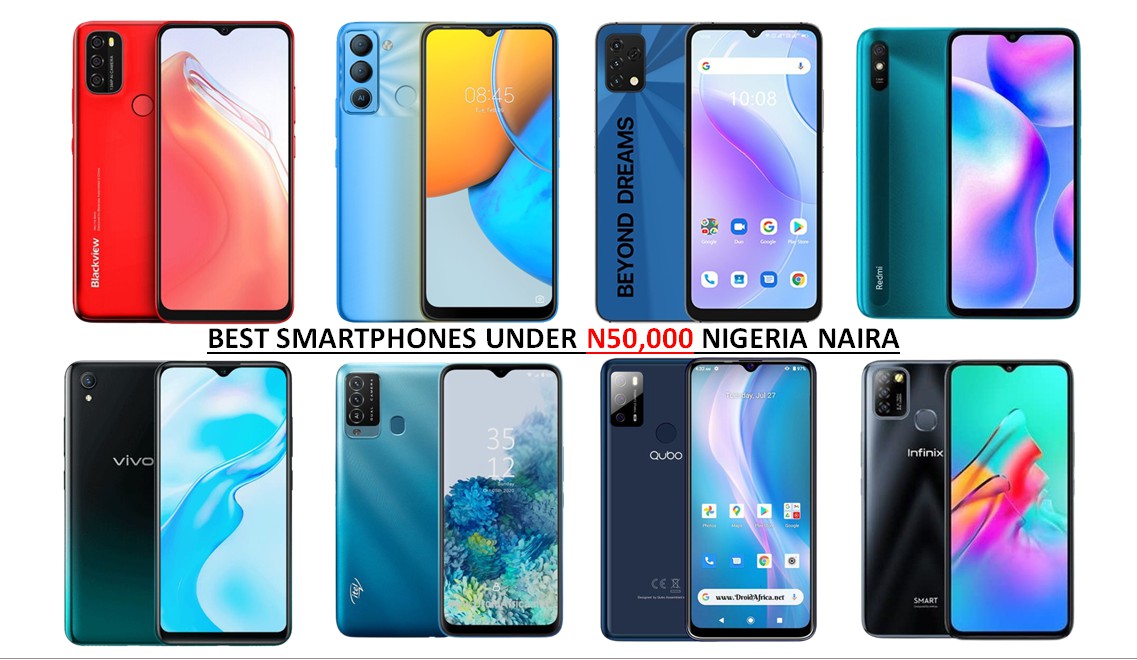
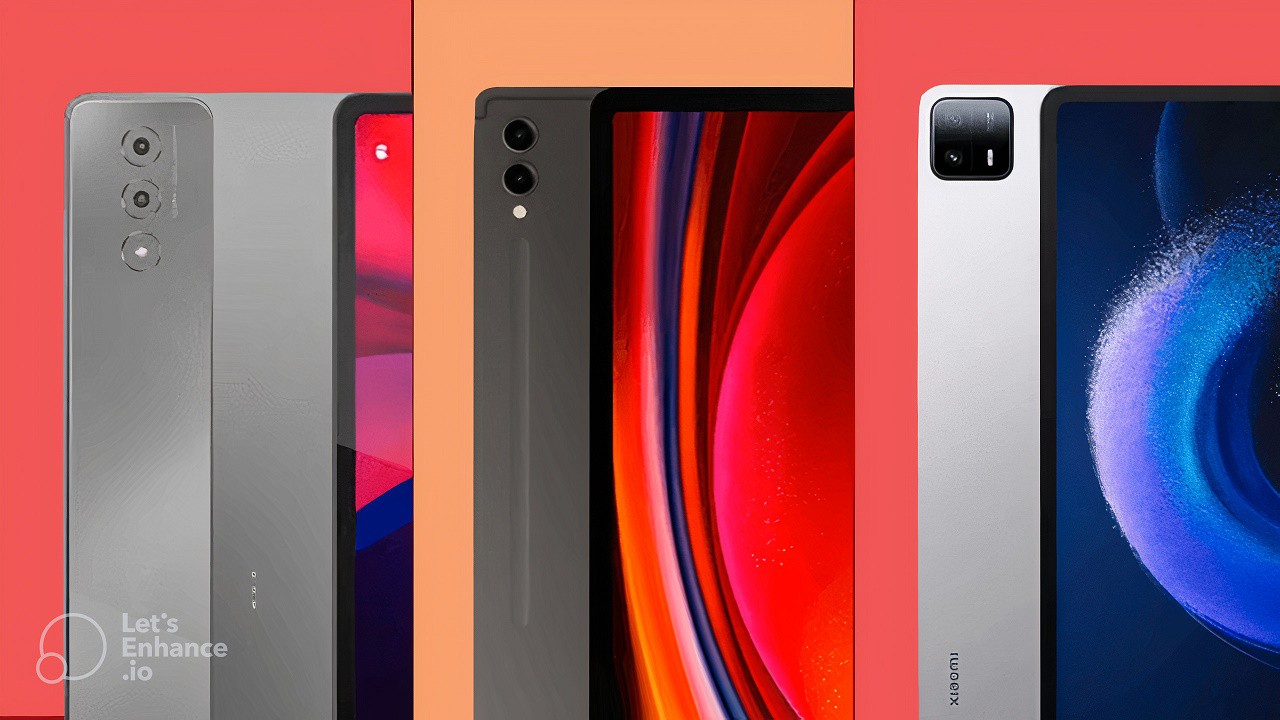
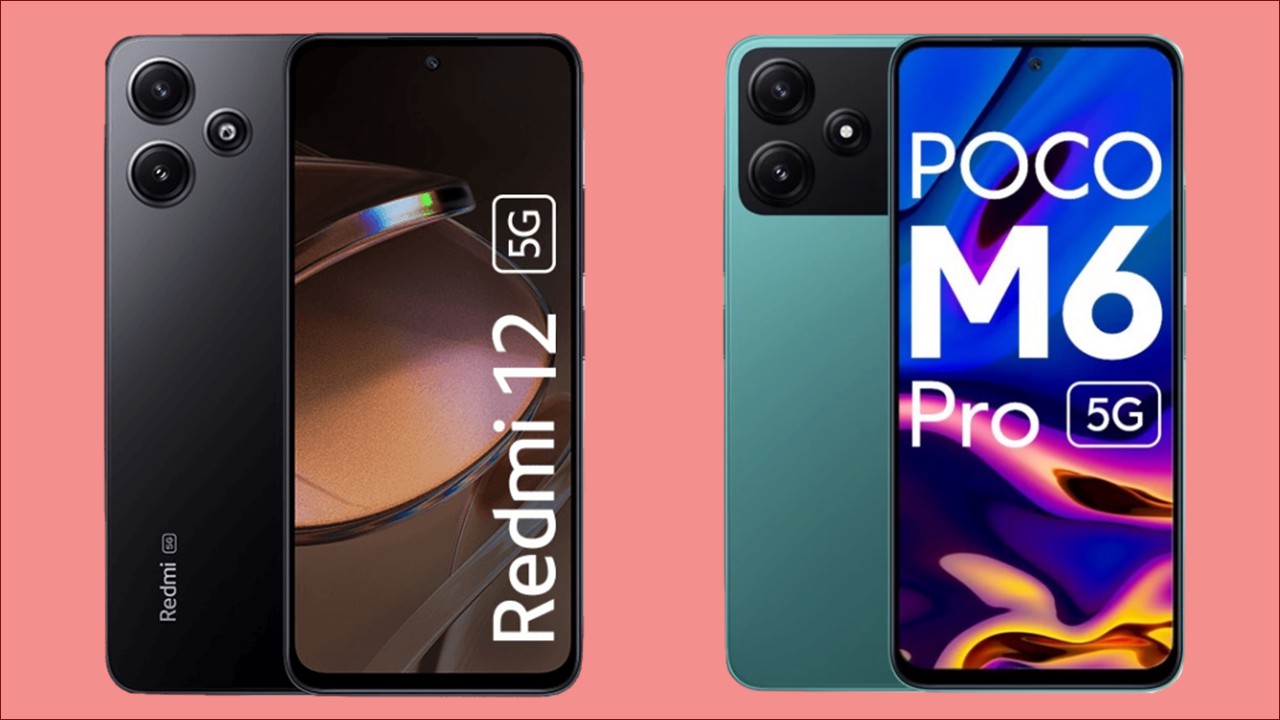
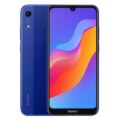
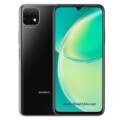
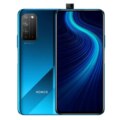
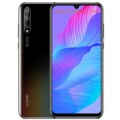
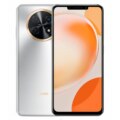
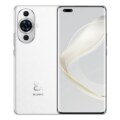
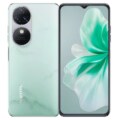
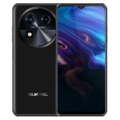
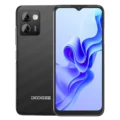

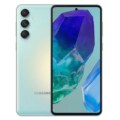
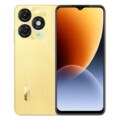

I want nova 7i phone